Every year the Wildlife Trusts celebrate 30 days Wild and the Summer solstice (which is the longest day of the year) with a weekend of activities for families and children across their nature reserves. This year is a obviously quite a bit different with COVID 19 preventing social gatherings. However you can still have a lot of fun at home by camping out in your garden, building indoor dens or by taking part in any of the online events and activities.

Camping in your garden is great fun, you can pretend you are on a mini adventure. Older children could write a list of the things they might need and younger children will love packing bags full of toys and games to take with them.
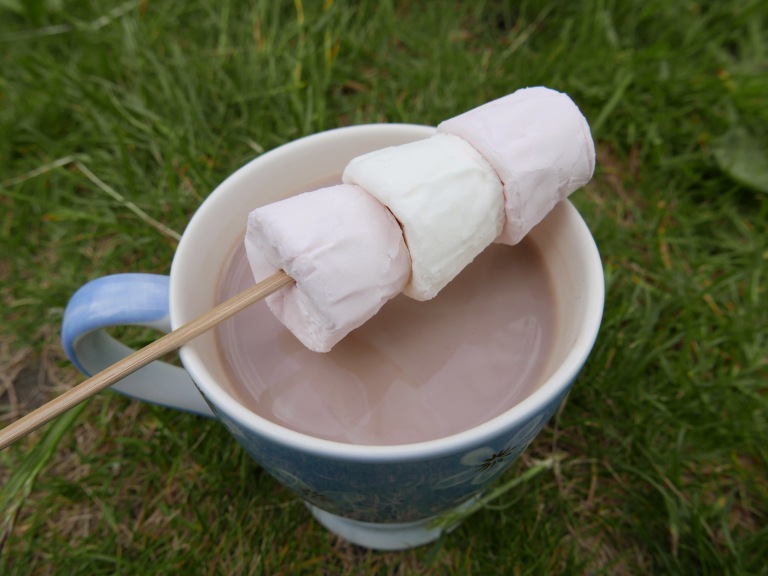
If you don’t have a tent (or even a garden) you could easily make a den using an old bed sheets, blankets and cushions. Or you could go really wild and use branches and leaves or simply sit out on a blanket and star gaze at night.

How about having a picnic lunch or marshmallows and hot chocolate. You could even enjoy proper campfire food (cooked in the oven) with things like jacket potatoes and sausages.
Another idea is to make a pretend campfire to cook on. Simply arrange a circle of sticks or stones as your campfire. The children can then have fun pretend cooking using any natural materials they find around them using old pots, pans and spoons Or you could give them water and different materials to experiment and play with so they can make mud cakes and grass soup.
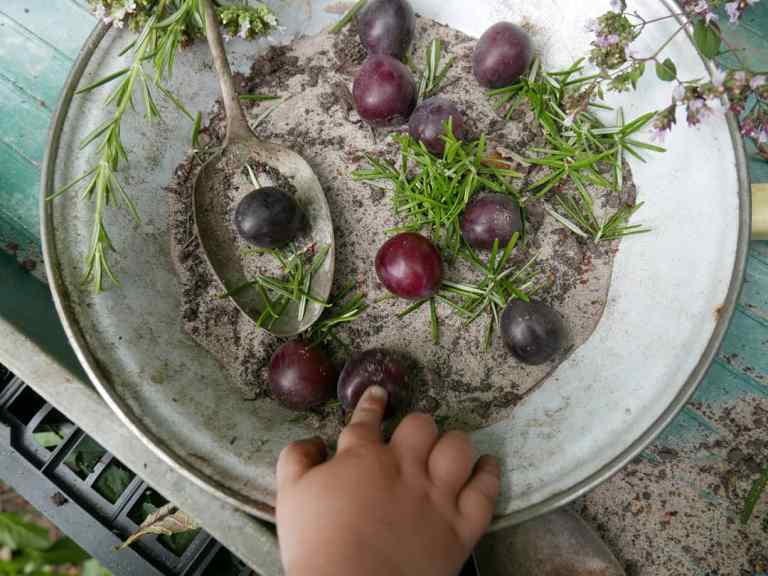
*Pretty please don’t pick any wild flowers, only collect ones you have grown yourself or fallen ones you find on the floor.
Or how about making mud cakes? All you need for these are some old plant pots or sandcastle buckets, some earth and if you have it sand (but its not essential. Again you can also collect natural materials to decorate your finished cakes with.
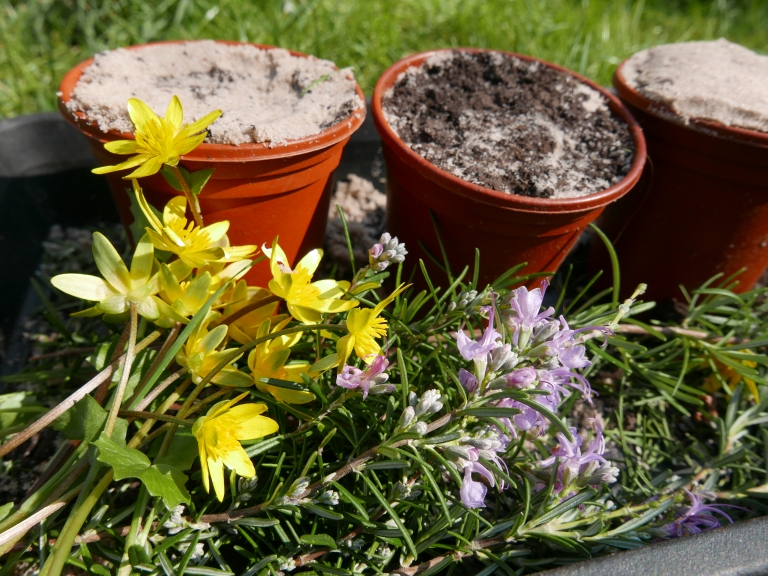
Simply fill the plant pots or sandcastle buckets with layers of earth and sand. Pat them down firmly and then turn them over. Tap the bottoms and gently squeeze and tap until the earth and sand comes away from the pot or bucket.
Voila you should have some lovely mud cakes to decorate with the natural materials you have bound. when you have finished you can break them down and start again.
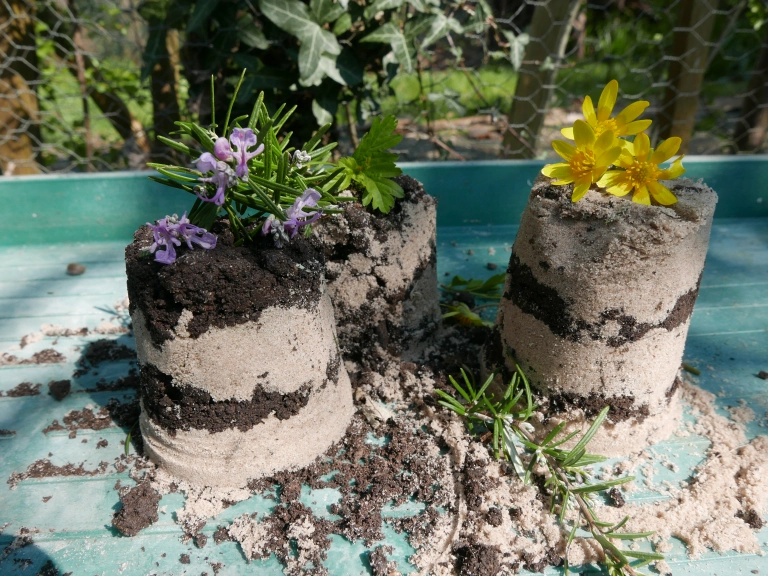
The Hampshire Wildlife Trust also have 5 fun, free and easy Citizen Science activities you can take part in. Citizen science is when members of the public work together to gather (or analyse) data that helps with scientific understanding or research. It’s a great way to help with conservation by expanding knowledge and understanding of the wildlife in your local areas. You might be surprised to find even the most urban spaces are teeming with wildlife when you take the time to look closely.
The 5 citizen science activities you can take part in are:
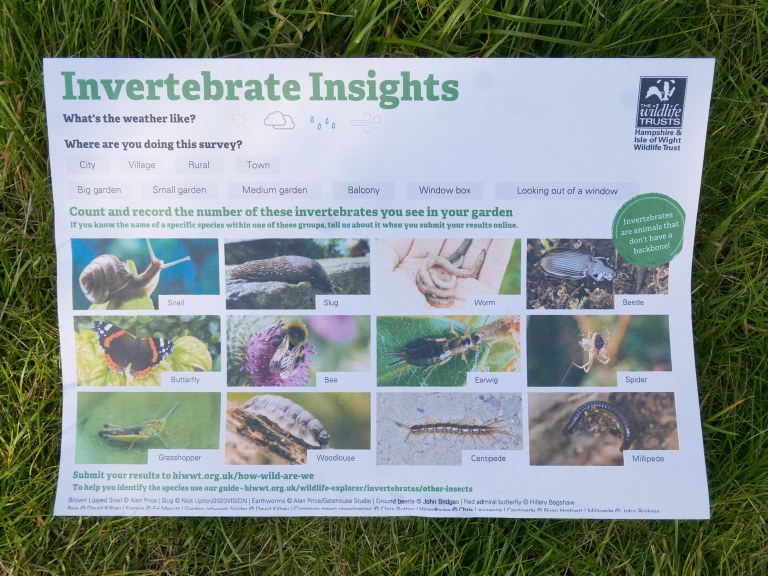
We previously really enjoyed looking for minibeasts in our garden in May for an Invertebrate Insights survey. We decided to have another look today to see what different insects and creatures we might find in June.
What is an invertebrate you might ask?
Invertebrates are animals that don’t have a backbone. Some have a shell or a hard outer casing to protect them, like insects, crabs, and snails; others have soft bodies like slugs and jellyfish. Most mini beasts are invertebrates and it is estimated that an amazing 97% of all the animals species on the planet are invertebrates!

The first invertebrate we found today was a beautiful Dark Arches moth. Moths are an important part of the food chain as well as vital nocturnal pollinators. I always think of them as butterflies of the night because just like butterflies they transfer pollen as they feed on flowers. You can find out more about moths and how to identify them here.
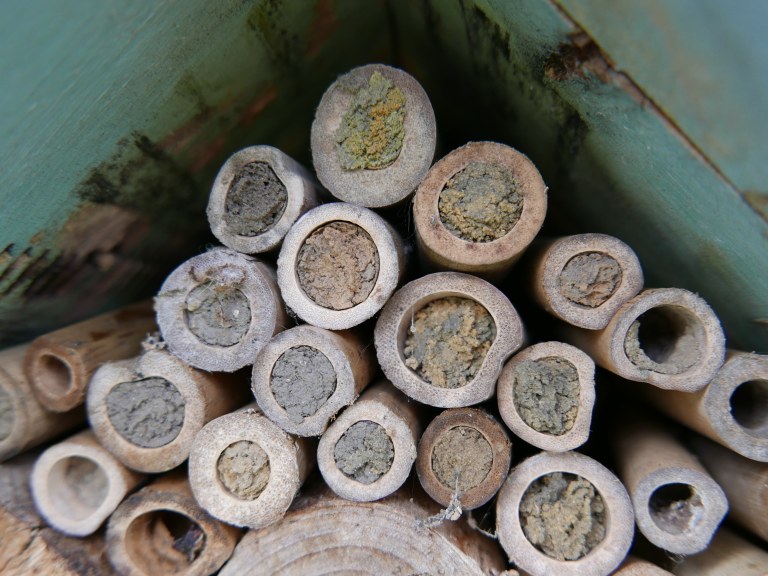
The next thing we spotted were lots of solitary bees buzzing back and forth from our insect house. They have been busy nesting in the bamboo canes in the insect houses. Unlike Honey bees solitary bees do not live in hives. As the name suggests they mostly live alone making solitary little nests in the ground or holes in walls and trees.
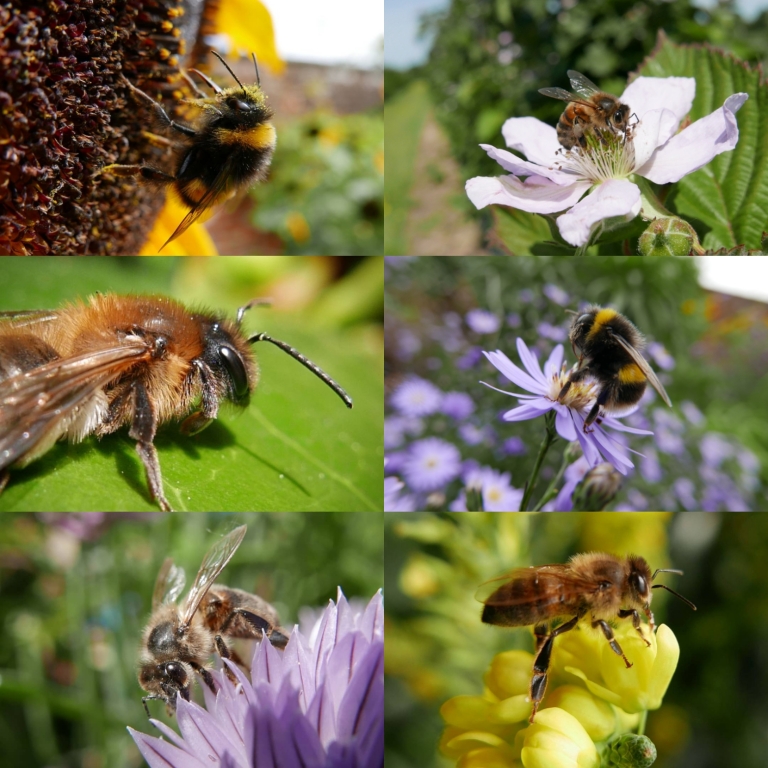
There are roughly 270 different species of bee in the UK of which 250 are solitary bees. If you look carefully you can often see the differences between bee species. The Bumble Bee Conservation Trust have a brilliant visual guide to identifying bees here.
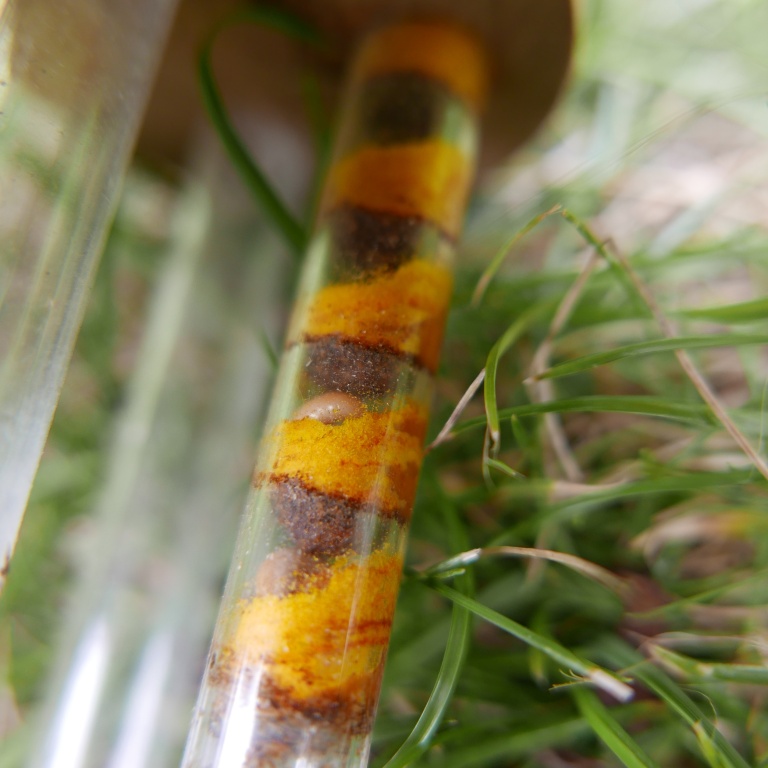
We were lucky enough to have a solitary bee lay a line of her eggs in one of our observation tubes last year. As you can see they create a sealant layer first using mud, leaves and natural materials. Then they add a layer of pollen and nectar to provide a source of food for the egg which she lays next. And finally she seals off the chamber again at the other end. When the eggs hatch the larvae will feed on the pollen and nectar and grow in the nest until they are ready to chew their way out and fly off to start the cycle again.

I was really happy to find lots of beetles as well this month, including two new ones we had never seen before like the beautiful Rose Chafer beetle above. They have such gorgeous emerald shells. Did you know there are over 370,000 known species of beetle in UK. You can find a great guide to identifying any beetles you might find here.
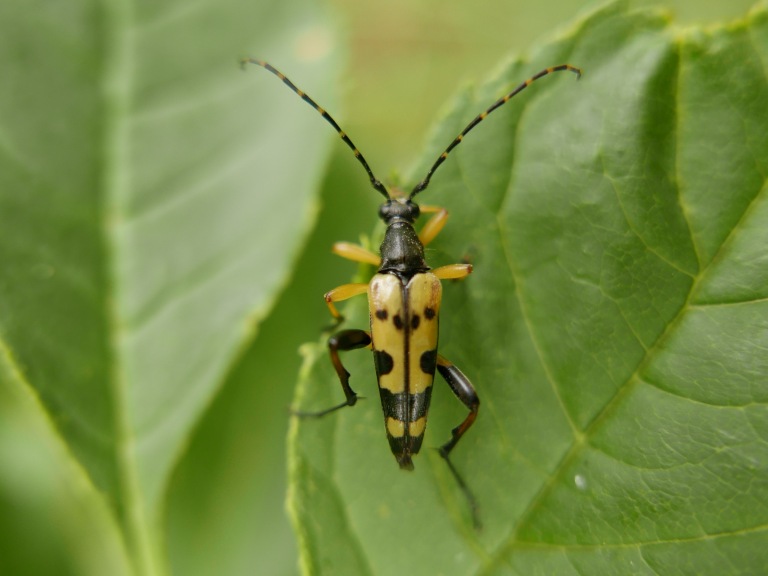
The other new beetle we found was a Black and Yellow longhorn beetle which use their markings to deter predators by mimicking wasps. There are several types of long horn beetle and you can find a handy guide to identifying them here.

The third beetle we found is a Welsh Chafer, Beautiful little beetles like this have almost been driven to extinction through the heavy use of pesticides, they are slowly making a come back in areas were pesticides are no longer used.
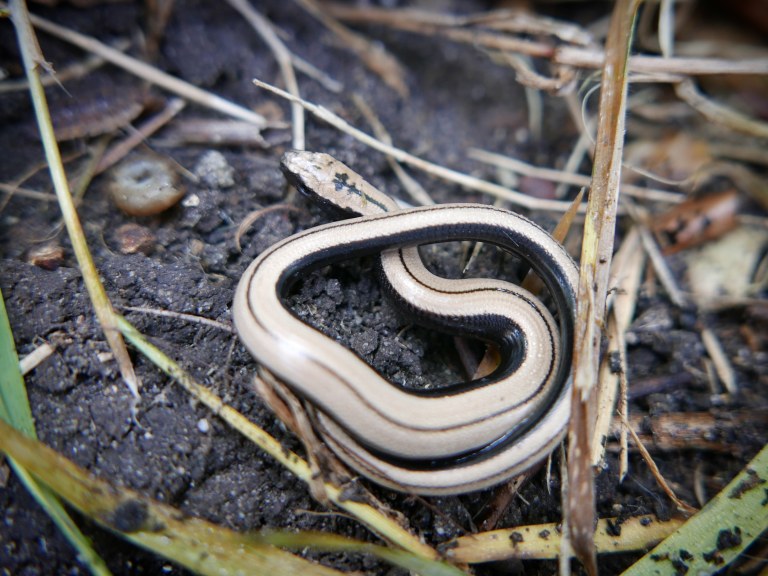
We also found a baby slow worm in our slow worm shelter. Slow worms are a protected species in the UK, they are legless lizards that eat invertebrates like slugs. We have made a shelters in our garden for them by digging shallow holes with sloped sidesThat we have covered over with bricks and paving slabs to hopefully create hiding places that they can easily slither in and out of.
Now we have completed our survey all we need to do is submit our results online*.
We’ve really enjoyed taking part and we are keen to take part in the nightlife survey tomorrow so we can see what other wildlife is just outside our door.
If you would like to have a go yourself simply visit the Hampshire and Isle of Wight Trust’s ‘How wild are we?’ page here. Then click on each section to find out more and download the materials you need to get started.
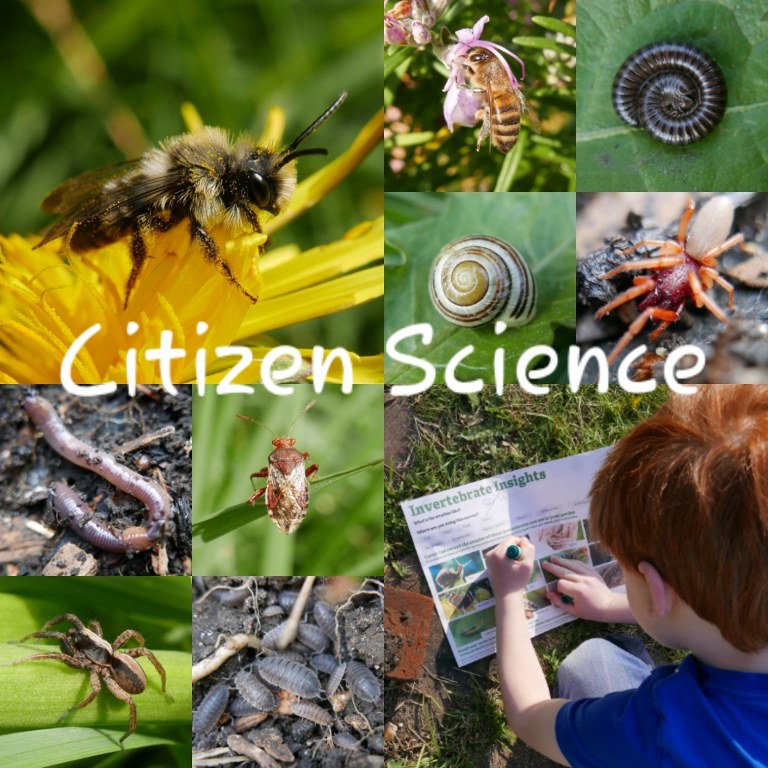
*Please note that although anyone can have a go at spotting wildlife for fun with these activities, they are only collecting data/results from residents in Hampshire (UK) or the Isle of Wight. Please don’t try to enter your results on the website if you aren’t from either of these locations.
For day 20 of 30 days wild we joined in with the Big Wild Weekend by having a Summer Solstice camp out in the garden and taking part in an Invertebrate Survey.
If you like this you might like to try:
Make your own birds nests and feather quill pens

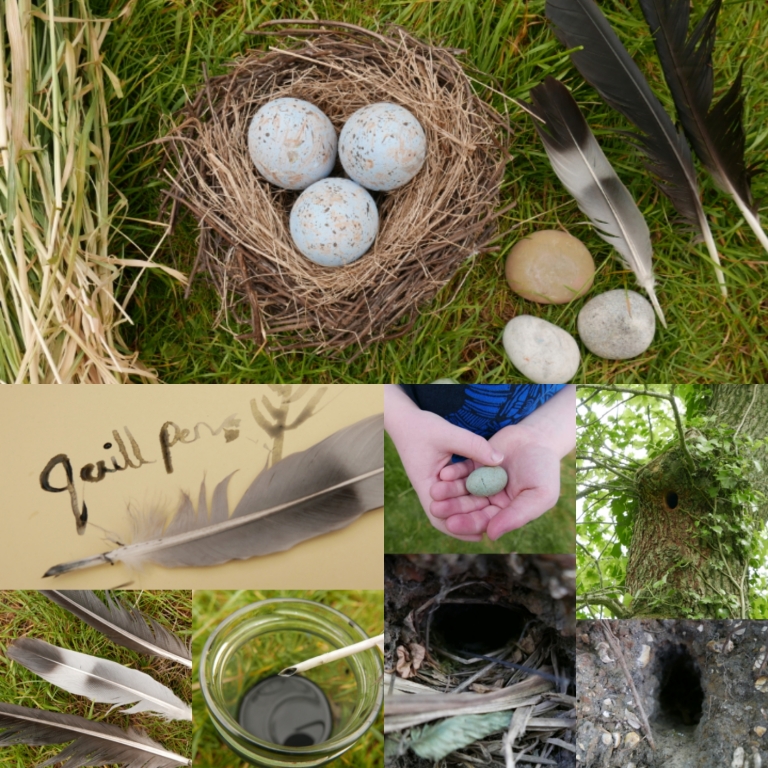

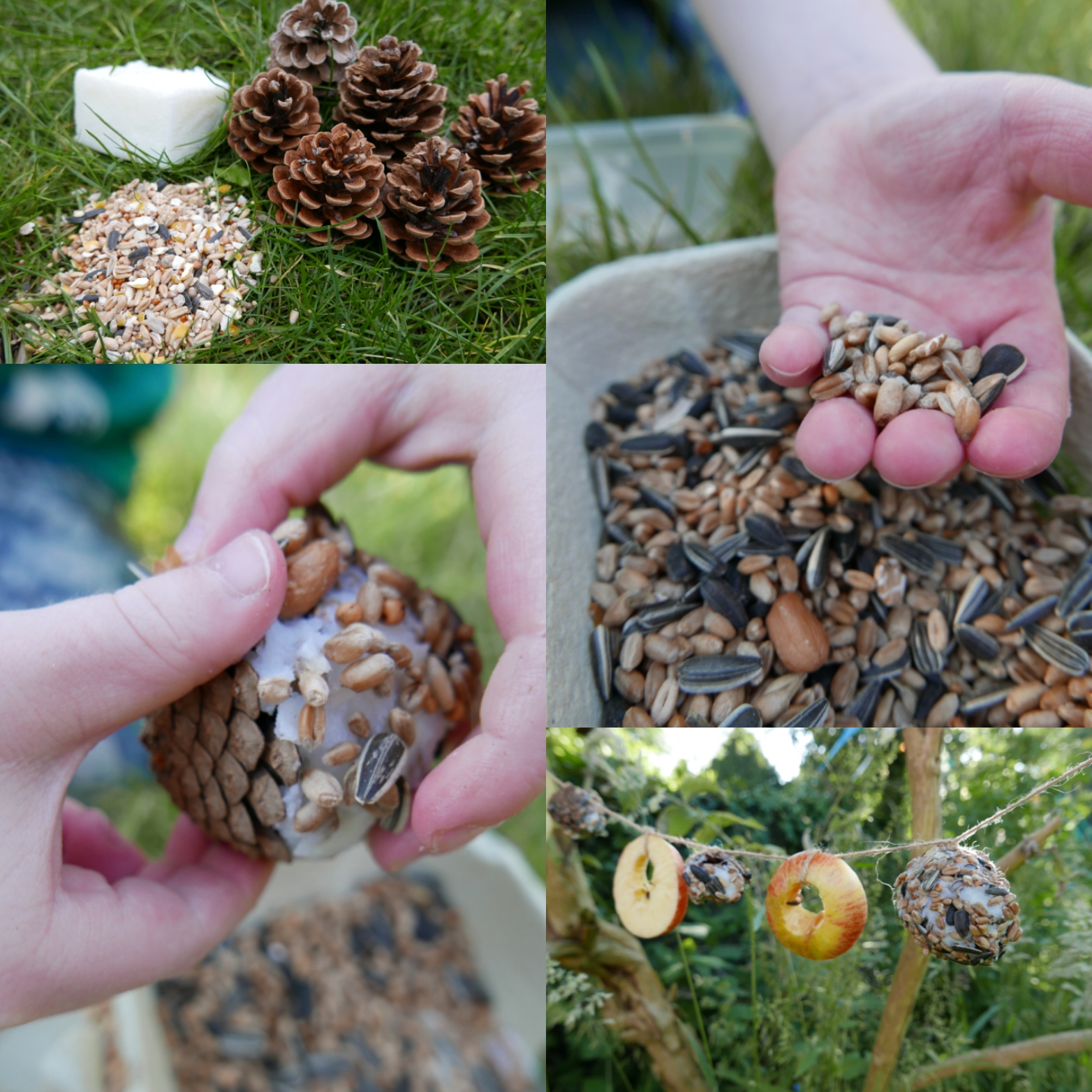
6 thoughts on “The Big Wild Weekend Camp Out and mini beast adventures”